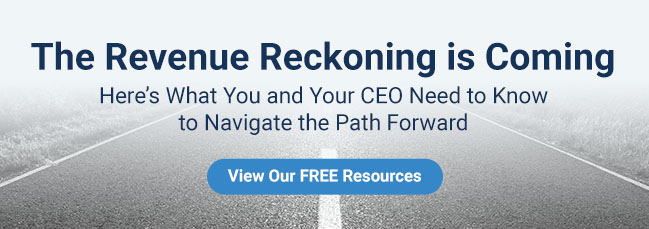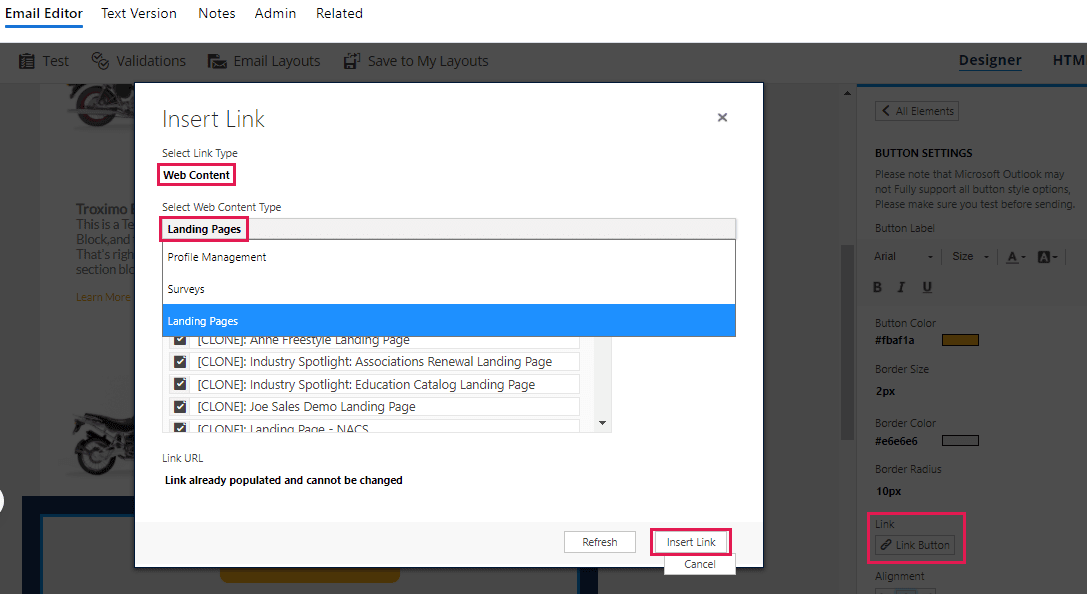In the wake of the COVID-19 pandemic, the list of cancelled in-person events continues to stretch later and later into the calendar year. And for some organizations, these cancellations have already extended into next year. Microsoft, for example, recently announced that all its events will be digital only until July of 2021.
Like many things today, the timing of the return of in-person events remains uncertain. What is certain is that in the near-term, marketers can still find value in connecting with their audiences via events. They just have to rethink what those events might look like and switch into a purely digital mindset.
So how can you ensure that your virtual events are a success? Follow these five tips.
1. Determine your goals. In order to declare your virtual event a success, you first must determine what success looks like. And it’s important to acknowledge that if you’re transitioning an event from in-person to virtual, the same event may end up having very different goals. For example, an in-person software user conference may have aimed to attract 5,000 attendees while the goal of the virtual event may only be 500 attendees. Keep in mind that your audience and the world as a whole are in a very different mindset right now. For many, event attendance may take a backseat to other pressing professional and personal matters. For that reason, aiming to provide content that will help your audience at this time may be the best goal. Ultimately, these goals can also help you determine your topic.
2. Choose your format. Once you are armed with your goals and topic, it’s time to choose a format. Much like in-person events, virtual events lend themselves to several different format options. A single speaker is a popular option for more simple events, but one downside is that your audience could grow restless listening to the same speaker for the duration of the event. Two speakers can help add some variety. Roundtables and panels are a compelling option for bringing together a group of experts on a given topic. A Q&A or interview-type event can work well for virtual events, particularly if you have a noted thought leader or influencer to showcase at your event.
3. Remember that timing is everything. When it comes to timing, there are a number of things to consider. For starters, when will you have the event? If you have a global audience or potential attendees across multiple time zones, the answer to this question is a little more complicated. Depending on the event, it might make sense to hold it at different times for audiences in different regions. Regarding timing, you also need to consider how long the event will be. Attention spans are typically shorter for virtual events, so be sure to plan accordingly. On-demand or pre-recorded events can add value at this time when people are juggling so many other responsibilities. They can also be helpful in addressing issues surrounding audiences in spread-out time zones and shorter attention spans.
4. Promote. As you work to promote your event, remember that your value proposition should take center stage. What’s in it for your attendees? Why should they attend your webinar, for example, instead of another virtual event? Develop a list of key selling points for your event and be sure to emphasize those points in all your event marketing efforts. It could be a noteworthy speaker, learning a new skill, gaining new insights into a topic of importance to your audience – or all these things. The more benefits your event brings, the more appealing to your audience. Be sure to share the event details via email and social media and on your website, and ask any partners or co-presenters for the event to do the same. When it comes to promotion, timing is important too. People tend to register for virtual events two or three weeks in advance, so plan the start of your promotions accordingly.
5. Encourage engagement. By their nature, digital events can’t have the same level of audience interaction as in-person events. But that doesn’t mean that you can’t bring in a conversational element. And at this time of social distancing in particular, when so many of us are limited in our interactions with those outside our homes, encouraging engagement can help fulfill a need for connection with others. How you will achieve this will depend on your event, but it could range from live polls to virtual networking sessions to asking audience members to submit videos of questions they have for panelists ahead of your event. And with video conferencing via Microsoft Teams, Zoom and others a part of the new norm, something as simple as presenters showing their faces instead of just a presentation screen can go a long way towards audience engagement and online event success.









